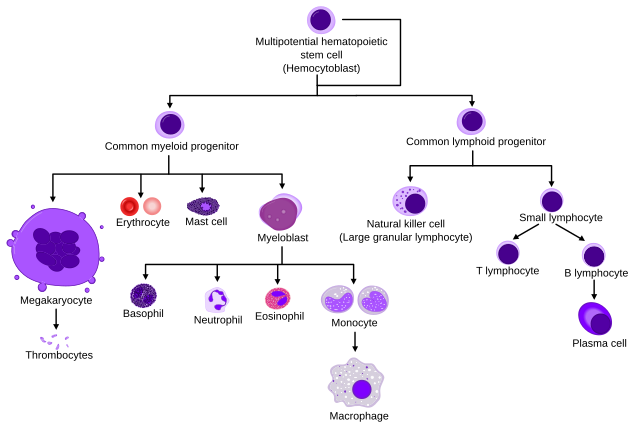We just learned about the
Divine Comedy and it's picture of the inferno.
Another part of that story is the
Divine Comedy's picture of Purgatory.
Some Christians think that after you die if you believed in Jesus but did some bad things that you can go to a place between heaven and hell called purgatory and work your way up to heaven.
Other Christians don't agree and don't think this is a real place.
In the Divine Comedy, after the story goes through and talks about what hell looks like, it goes on to talk about what purgatory looks like.
In this place people were treated very badly, but not usually as badly as they were in the inferno hell.
They were forced to carry heavy weights, there was poisonous smoke and fire, and they were starving or blind.
If people made it through their suffering here for long enough they could go to heaven.
Many of the people and ideas in this picture of purgatory came from Greek mythology, so these weren't stories from the bible.
But because this book was so popular many people believed it was true.

(from: wikipedia -
divine comedy)
Kid Facts - Blast from the past: Constantinople







